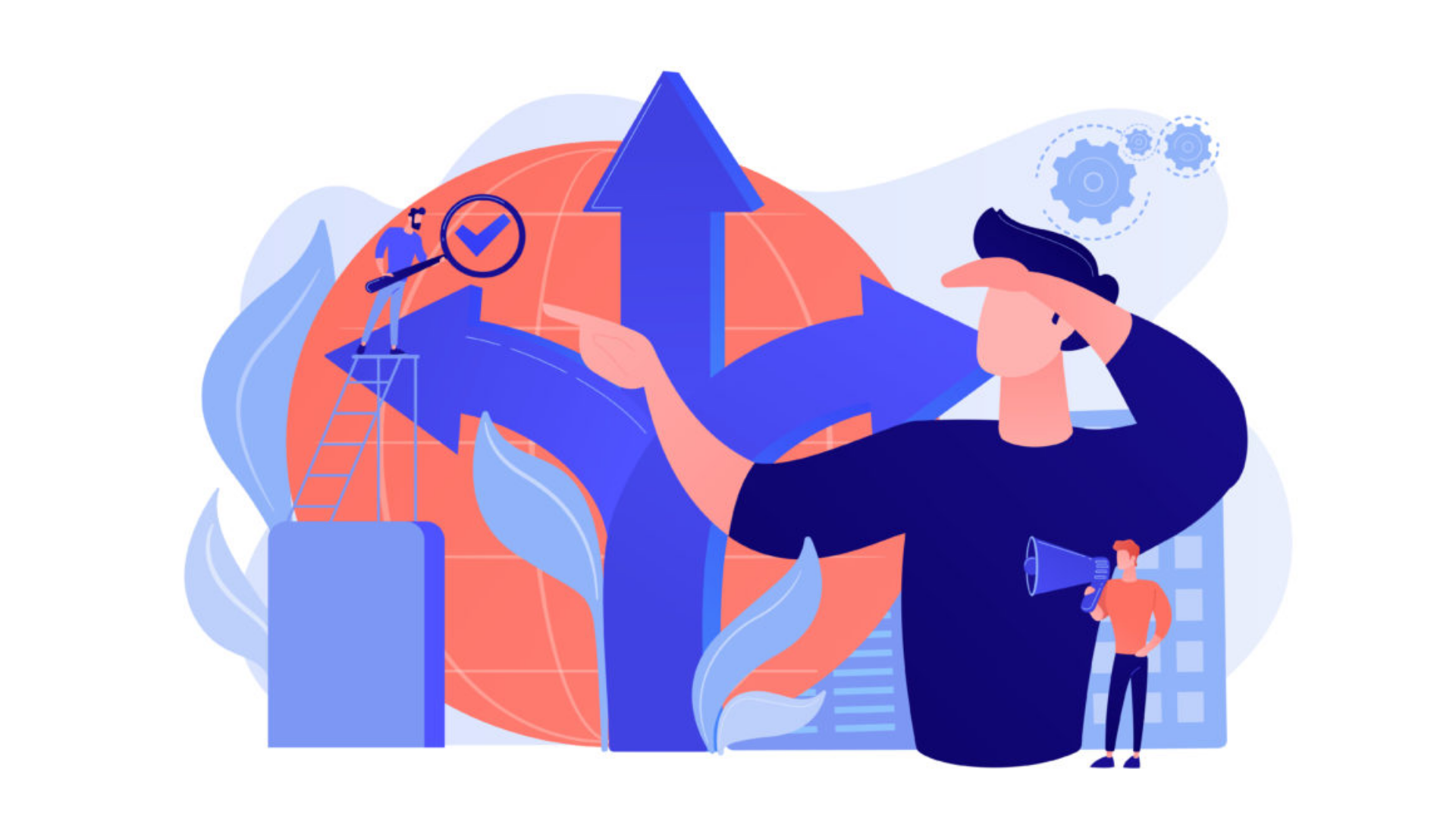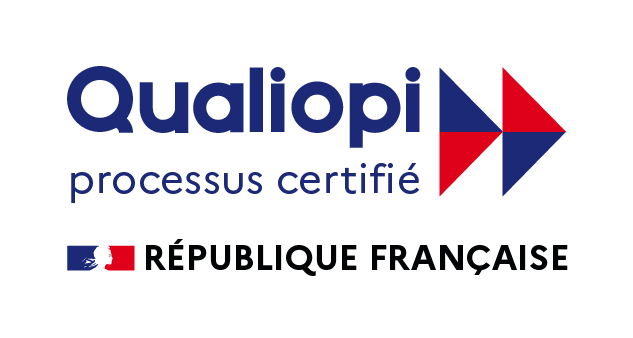Reading time: 5 minutes
New year, new series! Following on from our series of articles on neuromyths and soft skills without the marketing twist, we’re now bringing you a new series on the theme of “For a new management: tomorrow’s managerial skills emerging from the crisis”. The first skill we’re tackling today is decision-making in situations of uncertainty.
Decision-making is a source of anxiety for 82% of managers, according to a study by Oracle Netsuite. Indeed, the 4.0 manager makes decisions even though he or she is not an expert on the subject. As a result, 43% of executives cite the fear of negatively impacting the company’s sales as their main anxiety factor, while 23% mention the fear of damaging their reputation.
This situation is made all the more uncomfortable by the fact that managers can find themselves in VUCA environments, of which COVID-19 so far seems to be the paroxysm. Yet decision-making is one of the essential soft skills to be developed for the future of work, according to the World Economic Forum (Davos 2019).
How do you develop this key aspect of Management 4.0 in three neuroscience-inspired tips?
DECISION-MAKING: A CLEVER BLEND OF UNCERTAINTY AND RISK-TAKING
But first of all, for a tip to be truly effective, it’s important to understand how decision-making works.
Every decision or action taken by a leader must meet several fundamental needs: those of their teams, to ensure their well-being and motivation; those of themselves, to ensure their own well-being and motivation; and those of the company, to ensure its survival and growth.
But everyday life sometimes gets in the way, and reality may not meet everyone’s basic needs. This is particularly the case when we’re in a day-to-day situation over which we have little control, when we’re short of information, or when our company’s social life is at a standstill. Like a pandemic, after all.
To meet all these needs, the manager implements actions, behaviors and decisions. The brain goes into “prediction” mode: we try to predict which strategy/behavior/decision would be the most appropriate according to the risk it requires and its potential for achieving the objective.
These predictions may have a benefit/risk ratio that is clearly in favor or against a strategy, in which case it’s easy to make a particular decision. But the ratio can also be more nuanced, leading to a more complicated choice. No single strategy is clearly the right one. We hesitate, we grope. This choice of difficult actions arises particularly in an uncertain context, such as the one we’re living in, because we don’t have all the present or future information about the situation. This creates uncertainty and, consequently, stress for managers and teams alike.
=> Here are 3 techniques to help you get to grips with this uncertainty and make the best possible decisions.
TECHNIQUE NO. 1 FOR HELPING DECISION-MAKING IN SITUATIONS OF UNCERTAINTY: SYSTEMATICALLY REFRAME THE SITUATION, ADOPT ANOTHER POINT OF VIEW!
One of the cognitive biases interfering with decision-making is the frame effect. In effect, we adopt a particular frame to think about a subject, and the way we frame the problem has a direct impact on the decision. This notion of frame was highlighted in an experiment carried out by Daniel Kahneman and Amos Tversky4 which showed that a different decision is made depending on the angle adopted.
Here’s the background to the study: students have to imagine that an epidemic has broken out in their country(sound familiar?). 600 people are affected. They are offered two solutions and asked to choose the one that seems most reasonable.
Group 1 must choose between two treatments:
- Treatment A = saves 200 people for sure
- Treatment B = has a one in three chance of saving everyone
Group 2 must choose between the following two treatments:
- C = treatment has a risk of killing 400 people
- Treatment D = has a two-in-three chance of killing 600 people.
The two groups are faced with perfectly equivalent solutions. Treatment A = treatment C, and treatment B = treatment D. It’s just that the formulation differs. Treatments A and B are formulated as “salvage“, and treatments C and D as “loss“. Well, depending on the formulation used, the decisions differ too.
When it comes to “saving” lives, participants adopt arisk-averse attitude, shunning uncertain decisions and choosing the first solution (saving 200 people). On the other hand, when it comes to letting the sick “die”, the riskiest choice is preferred: they prefer to have a one-in-three chance of saving them all by taking the risk of letting 600 people die.
Faced with a potential gain, we prefer safe choices and avoid uncertainty. Conversely, faced with potential losses, we prefer uncertain choices and are prepared to take greater risks. The following point is important to bear in mind in the context of a crisis: the more we lose, the less sensitive we are to losses, and the more we’ll make risky choices.
As a result, the decisions taken differ simply by changing the words used. Our advice would therefore be to always change the framework and reformulate when considering the various possible decisions or behaviors. When hesitating between two actions, formulate their potential consequences in terms of gain AND loss, so as to make the most reasoned decision.
TECHNIQUE N°2 TO HELP DECISION-MAKING IN SITUATIONS OF UNCERTAINTY: DIVERSIFY YOUR TEAM’S PROFILES
The perception of the benefit/risk ratio discussed above is subjective, and an individual only takes into account the information available to him or her. A leader therefore has limited rationality when deciding alone. One way of improving rationality in decision-making is to fill this information gap.
How?
By surrounding ourselves with people who are different from us, and by recruiting people with different visions and resources from our own, because they will not be attentive to the same information. The combination of different visions encourages openness to a realistic vision.
This behavior seems all the more key given thata quarter of employees have, since the start of the health crisis, had a greater sense of being outside decision-making circles, and a quarter of not being considered by their superiors.
TECHNIQUE N°3 TO HELP DECISION-MAKING IN UNCERTAIN SITUATIONS: DON’T NEGLECT YOUR INTUITION
We tend to think that every decision should be as well thought-out and rational as possible. However, there are some decisions where reflection is not the right solution.
We have two ways of making decisions, as Daniel Kahneman explains in his book System 1, System 2: firstly, in a reasoned, reflective, logical way. And secondly, intuitively. It’s important not to underestimate the role of intuition in decision-making, because intuition is born of experience. If a decision imposes itself on you without you understanding why, it’s undoubtedly because it stems from your previous experiences.
In fact, in one of their studies, Wilson & Schooler6showed that in some cases, the more information we have, the less likely we are to make the right decisions. The Oracle Netsuite study shows that 99% of managers feel overwhelmed by data. Too much reasoning and thinking can destroy the ability to solve problems requiring insight and intuition.
So, while a lack of information leads to uncertainty, it can also, in some cases, lead to the best possible decision.
In conclusion, there are techniques to improve decision-making in situations of uncertainty: reframe the situation, solicit different points of view and trust your intuition! We hope this will help you to make better decisions in the future.
Author: Anaïs Roux

